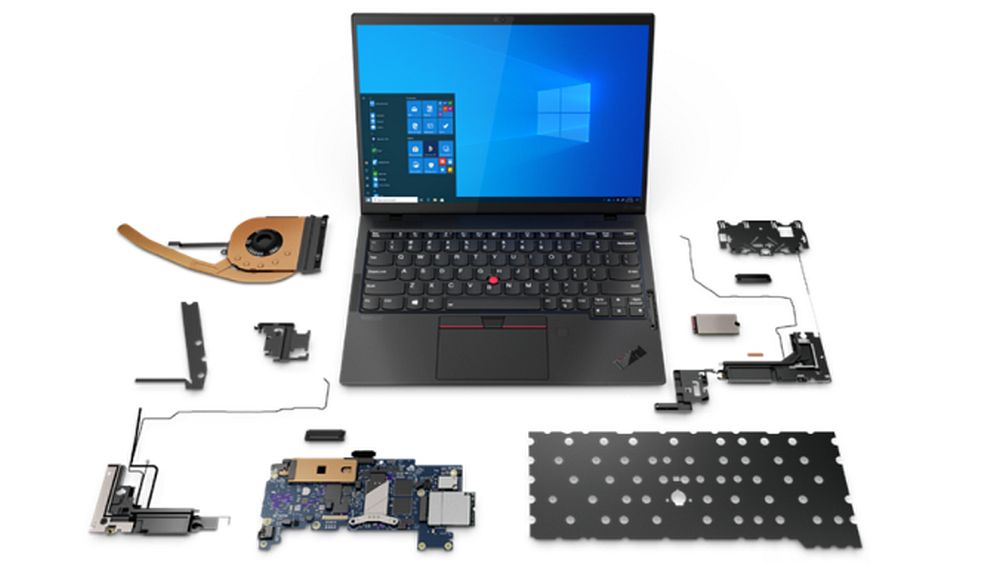Lenovo has launched one of the lightest Linux laptops ever built - and it's a ThinkPad
ThinkPad X1 Nano is a Linux laptop that's perfect when out and about

Lenovo has launched a brand new ThinkPad model which takes the popular X1 shell and shrinks it even further.
The result is the 13-inch ThinkPad X1 Nano device, that weighs a mere 962g, making it one of the lightest business laptops currently on the market.
Inside is a Tiger Lake CPU with Iris X graphics, up to 16GB LPDDR4X memory, up to 1TB PCIe SSD, a 48WHr battery that can power it for up to 17.3 hours, four speakers and four microphones and two Thunderbolt 4 ports. When it comes to connectivity, there’s Wi-Fi 6 and Bluetooth 5.0 on top of optional 5G.
- These are the best mobile workstations around today
- Check out the best Linux laptops we've seen
- Here are some of the best video editing laptops
ThinkPad X1 Nano
Lenovo adopted a 16:10 ratio 13-inch screen for the Nano, delivering a 2K resolution of 2160 x 1350 pixels, that’s 40 per cent more pixel than a full HD display. It has a Dolby Vision certification, optional touch, 100% sRGB coverage and is quite bright at 450 nits.
Surprisingly, it runs either Windows 10 Pro or Linux (Ubuntu) but there's no Windows 10 Home option offered. Also worth mentioning is the Human Presence webcam which allows for zero touch login, as if by magic, thanks to AI and facial recognition.
We expect the device to go on sale in December with a starting price tag of $1,599.
Lenovo also announced the general availability of its groundbreaking ThinkPad X1 Fold, the world’s first foldable PC, which shares a lot of commonalities with the ThinkPad X1 Nano, including being members of Intel’s Project Athena innovation program.
Are you a pro? Subscribe to our newsletter
Sign up to the TechRadar Pro newsletter to get all the top news, opinion, features and guidance your business needs to succeed!
- We also selected the best rugged laptops you can buy

Désiré has been musing and writing about technology during a career spanning four decades. He dabbled in website builders and web hosting when DHTML and frames were in vogue and started narrating about the impact of technology on society just before the start of the Y2K hysteria at the turn of the last millennium.